Cats are a predatory species, so the need to scratch is instinctual and behavioral. Cats scratch because it releases certain endorphins to help them feel better, such as if they're stressed and need to calm down.
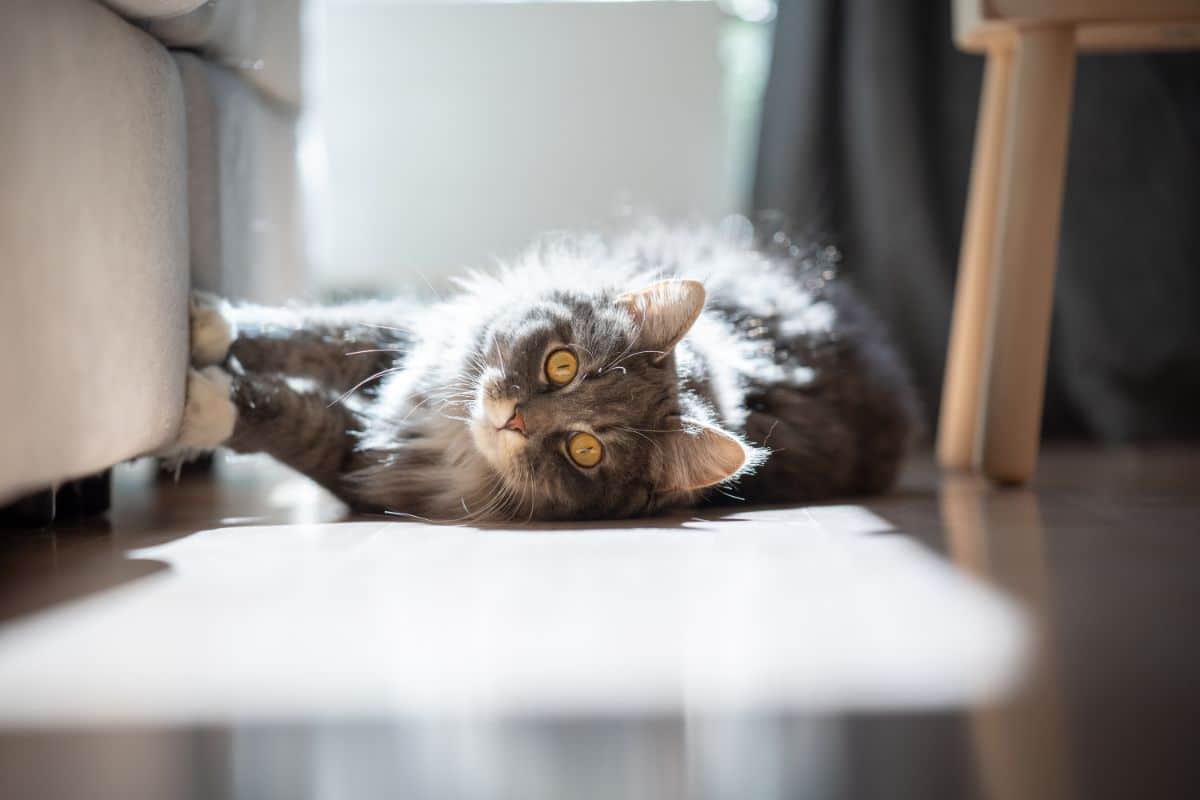
There are scent glands in 8 parts of a cat's body, one of them including its paws. If you have more than one cat in your household, your cat may just be claiming its territory - "this is my couch!"
Cats do not understand right from wrong; they understand needs based on instinct and are independent enough to fulfill them. Luckily, there are many ways you can prevent and redirect their behavior to save your furniture.
Jump to:
1. Provide Scratch Alternatives
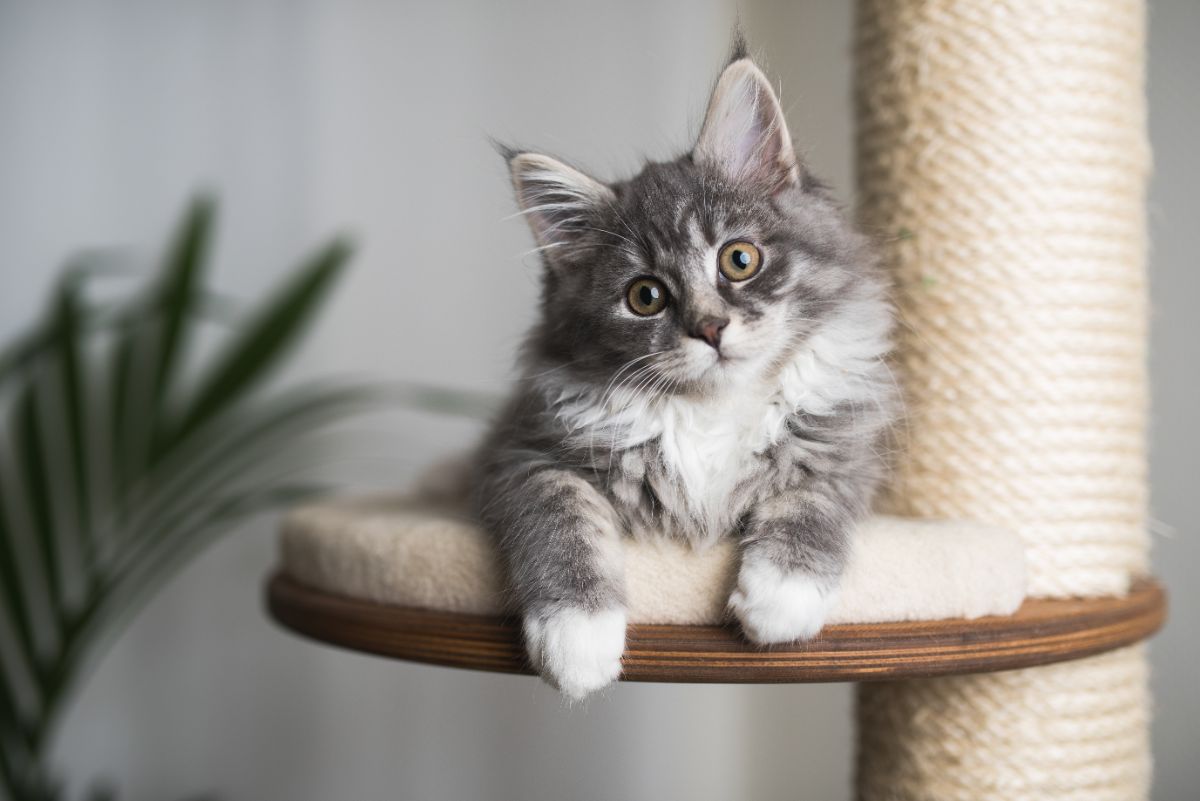
First, you must understand your individual cat's scratching habits. Usually, your cat will have a 'favorite' scratching spot. Once your cat has scratched your couch the first time, it will always return to that spot due to the scent it left behind from doing it once.
No products found.
A scratching post or tree works well when you place it beside your cat's favorite scratch spot. Once your cat nears its previous scratch spot, it may opt for the post provided. However, if they still choose your couch, you must catch them immediately and redirect their behavior to the post.
2. Use Cat Deterrent Spray
Cat deterrent spray should be used on previous scratch surfaces, as the goal is to rid their previous scent, not rid the house of their scent. Deterrent sprays include:
- Keep Off
- Odor neutralizing sprays
- Homemade sprays mixed with vinegar
- De-scenting sprays
- Pheromone sprays
Most sprays de-scent previous scratch spots, but some sprays are meant for places that are okay to scratch, such as pheromone spray.
What Can You Spray on Furniture so Cats Won't Scratch?
Any spray that takes the scent trail off your furniture works excellently. However, sometimes making your furniture less appealing by placing disturbing scented plants near their previous scratch spot may do the trick.
No products found.
While vinegar is not the most appetizing scent, it is also safe to spray onto your furniture, which won't harm your couch.
Does Cat Scratch Deterrent Spray Work?
According to behaviorists, using aversive tools such as sprays as a training technique doesn't work long-term. However, sprays may only make the scratching destination undesirable as a short-term method and should not be used as a complete preventative.
The best way to stop a cat from destructive scratching habits is through positive reinforcement and coping strategies, as mentioned here on page 25.
3. Use Cat Pheromone to Keep the Peace

Cat pheromones are produced at the earliest stage of a kitten's life, where they learn to manage stress and show emotion through their mother's influence by sending pheromones. The goal of getting a cat to stop scratching in undesignated places is to understand why they are doing it.
Pheromone sprays such as Feliway reduce stress hormones by giving off a synthetic scent that cats obtain from kittenhood. Placing a pheromone spray near the desired spots for scratching will attract your cat to areas where they feel safe, and you will use posts and other scratch surfaces to direct their need.
What Scent Keeps Cats From Scratching Furniture?
When it comes to scent training, you must be careful about what you use, as some scents may be too intense for your feline and may make them sick. Sprays such as peppermint, lavender, and citrus are harmful to cats.
Some safe scent alternatives are:
- Vinegar
- Banana and mustard
- Coffee grounds
- Cayenne pepper
- Frankincense
- Hibiscus
Essential oils are not beneficial for your cat's health; other methods, such as tape and furniture wrap, are safer techniques you can try.
4. Use Nail Caps
Nail caps are uncomfortable and won't remove your cat's instinctive nature to scratch. However, as a short-term preventative method, you can use nail caps that glue onto your cat's natural nails. It will protect your furniture but may make your cat upset and stressed.
If you choose this route, ensure you have other methods, like pheromone sprays. When your cat has nail caps on, do not let them outside as it takes away the ability for defense - the same as a declawed cat.
5. Try Cat Scratch Tape
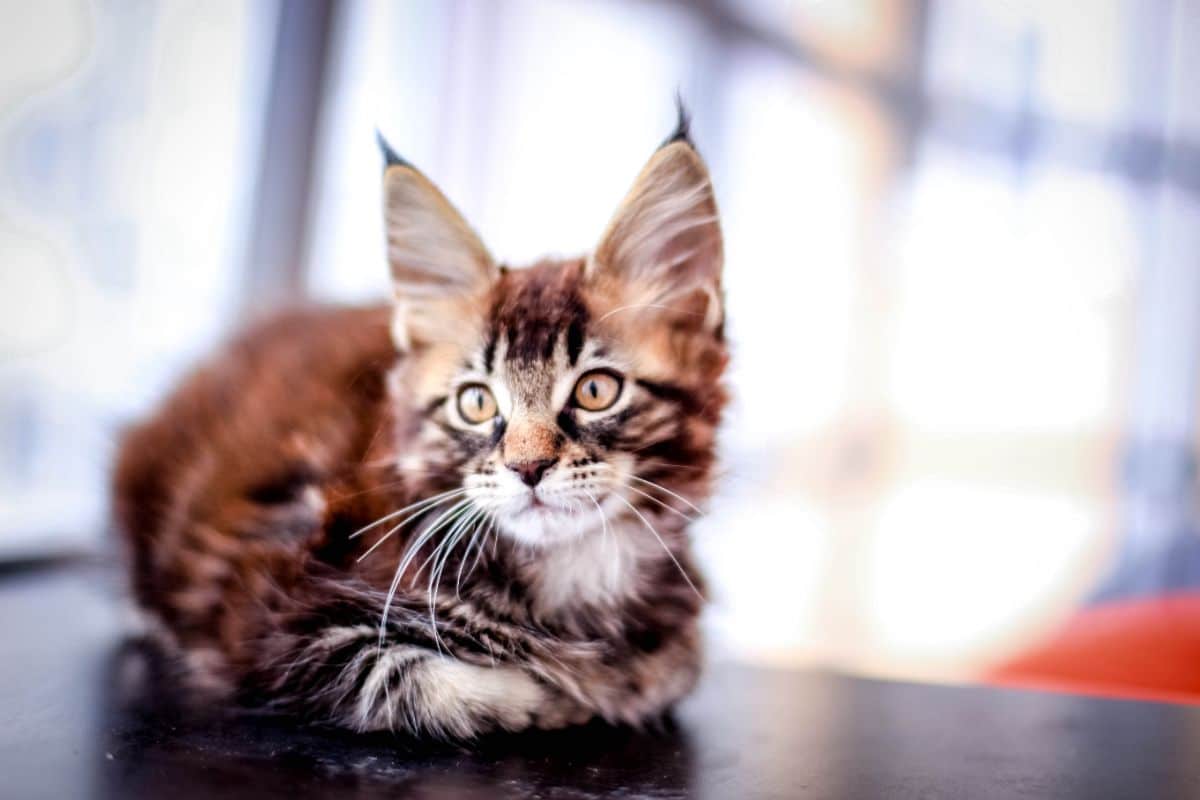
Cat scratch tape is a double-sided sticky tape that deters your cat from wanting to touch that surface. Tinfoil works the same as cats don't like the sound it makes from touching, and it can be used when your cat jumps on counters.
No products found.
Use cat scratch tape as a redirection and learning process, and try to make it a fun process. Your goal is not to punish your cat but to redirect and reward it for good behavior.
6. Invest in Furniture Wrap Designed for Cats
Furniture wraps such as vinyl guards don't give your cat the same satisfaction as scratching a soft surface. When vinyl guards or furniture wrap is placed, your cat's scent gets covered up, and they'll likely find something else to scratch.
Ensure that you have scratching posts, rubbing materials, and designated scratch areas to satisfy your cat's needs.
7. How Can I Get My Cat to Stop Scratching Furniture?
Some feline owners may become so fed up with destructive cat scratching that they turn to declawing. Declawing your cat is more harmful than any other procedure and should be thoroughly thought about before doing so.
Contrary to popular belief, cats can be trained with consistency, patience, and dedicated time and attention.
Distraction and Redirection
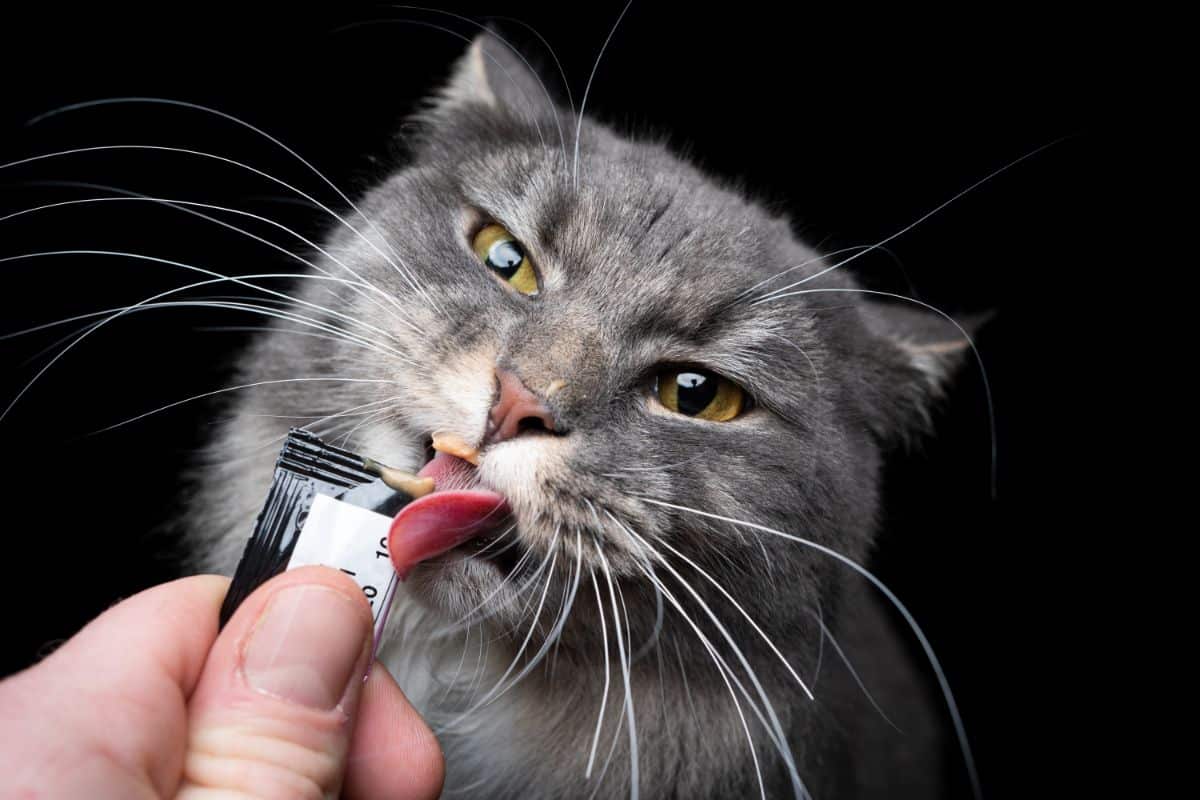
The best way to train your cat to stop scratching furniture is to pay attention to their habits. Why are they scratching? Where do they scratch the most? Is there a specific time they scratch?
When you notice your cat scratching furniture, redirect their attention to designated scratch spots such as trees, toys, and posts. Using catnip is a nifty trick on safe scratch surfaces.
Positive Reinforcement
Once you notice your cat scratching in designated scratch areas, you must immediately reward them with their favorite treat and give them praise. It may take up to 5 times to redirect the behavior as cats learn through repetition and routine.
Owning Multiple Cats
Owning multiple cats can be an option, especially when you adopt a new kitten into your home. While the introduction period may take some time, your new cat or kitten will learn what not to do based on your already-trained cat.
Since cats learn by influence and behavior, your pre-owned felines will teach your kitten safe zones vs. undesignated areas.
Trim Nails
One reason cats will scratch is that they are trying to shed old nails. Trimming your cat's nails every six weeks or as needed removes the need for shedding dead skin cells from their old nails.
No products found.
Trimming your cat's nails needs to be started at a young age so they get used to the procedure. Be careful not to cut them quickly. However, if the quick is accidentally trimmed, you can place their paw in flour or cornstarch to stop the bleeding.
Conclusion
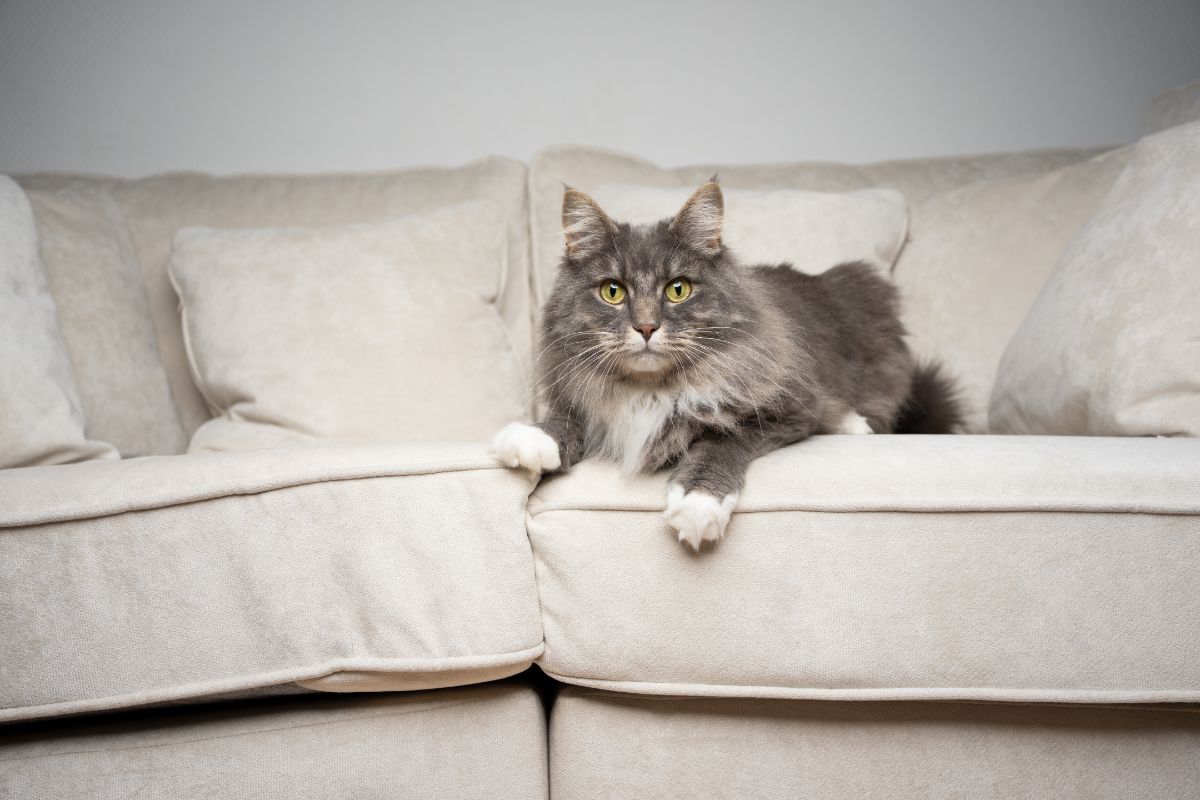
Cats scratch because it is their instinct to relieve whatever they feel, and they will do it based on behavioral needs. You can stop a cat from scratching your furniture in many ways, such as aversive techniques like cat tape and sprays. Patience and repetitive positive reinforcement training are the best way to stop your cat from ruining your furniture.
While you can prevent destructive scratching with short-term methods, the goal is to help them relieve their instinct by providing them with long-term solutions.
